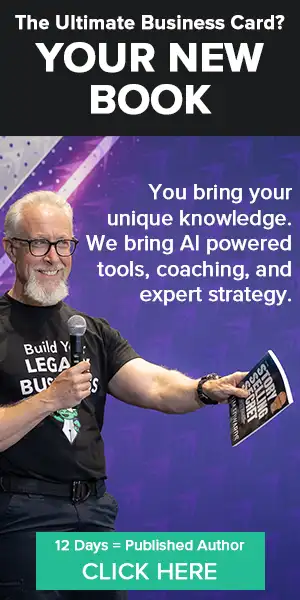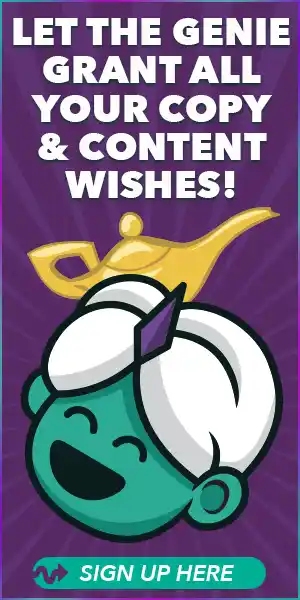Article of the Week
Crafting Unforgettable Stories: The Six C’s to Storytelling Success
 Little Johnny – “Grandpa, tell me a story before we go to bed!”
Little Johnny – “Grandpa, tell me a story before we go to bed!”
Big Johnny – “Grandpa, tell me a story about when we were little kids!”
High-Ticket Customer – “Jim, I really love that story you told us about your first funnel – it really make the topic real for me! Thank you!”
High-Powered Business Associate – “Jim, I loved this story you told today about how your son-in-law was injured in Iraq and how he was saved. Thanks for sharing brother!”
Stories are the “secret sauce” in just about anything you do. Sales copy. Training. Books. Entertaining.
Stories make information stick! It’s proven that stories make anything you teach or share from stage (virtual or otherwise) more memorable and meaningful for your audience. They won’t remember what you told them, but they’ll remember the stories and how those stories made them FEEL!
So how do you tell a good story that sticks?
There’s an art to storytelling, but did you know there are formulas that can help you deliver an unforgettable story? In the world of storytelling, there are various formulas and structures that writers and speakers use to captivate their audience. The most famous is the “Hero’s Journey.” Unfortunately, the Hero’s Journey quickly gets stale and doesn’t work at all in many cases.
If you’re looking for a versatile formula that can work in virtually any situation, here’s my formula: I call it “The Six C’s!”
This gives you a simple, effective, and – most importantly – an easy-to-remember framework for crafting a compelling narrative.
Context
The first C in the formula is Context. This is where the storyteller sets the stage and introduces the background of the story. It’s the opening details that draw the audience in and piques their curiosity.
Characters
After establishing the context, the next step is to introduce the Characters. These are the key players in the story, the ones who will drive the narrative forward and capture the audience’s attention.
Conflict
Once the characters are introduced, it’s time to introduce Conflict. This is the driving force of the story, the element that generates emotion and tension. It’s the catalyst that propels the narrative and keeps the audience engaged. Conflict is what makes the story relatable and human, and it’s what draws people in emotionally.
Climax
After conflict comes the Climax, the turning point in the story where everything comes to a head. This is the dramatic peak of the narrative, the moment of heightened tension and excitement. It’s the moment that keeps the audience on the edge of their seats and leaves them eager to see how everything unfolds… to see “what happens next!”
Closure
Following the climax, there’s Closure. This is the resolution of the story, the moment where loose ends are tied up, and the audience is given a sense of resolution. It’s the moment that provides satisfaction and brings a sense of completion to the narrative.
Conclusion
Finally, there’s the Conclusion. This is where the storyteller imparts the moral of the story, the key takeaway that they want the audience to remember. It’s the moment that leaves a lasting impression and resonates with the audience long after the story has ended.
The conclusion is also the bridge (as necessary) to the call to action or invitation to the next step in the sales process… but more on that in another article. 😉
The Six C’s formula is a powerful tool for crafting impactful stories that resonate with audiences in just about any setting. Whether it’s a webinar, keynote, fireside chat, or a bedtime story for rambunctious grandsons, this framework creates narratives that engage, inspire, and leave a lasting impression.
Bottom line: The Six C’s can elevate storytelling to new heights, leaving a lasting impact on the audience, while making it a breeze to actually TELL the story!
Let’s bring your story to life on the next WriteYourBook.AI challenge on January 15th. Are you up for the challenge? Let’s do this! Sign up now and let’s write your book together with AI doing all the heavy lifting so you can concentrate on what matters most – serving the people you are called to serve!







Leave a Reply